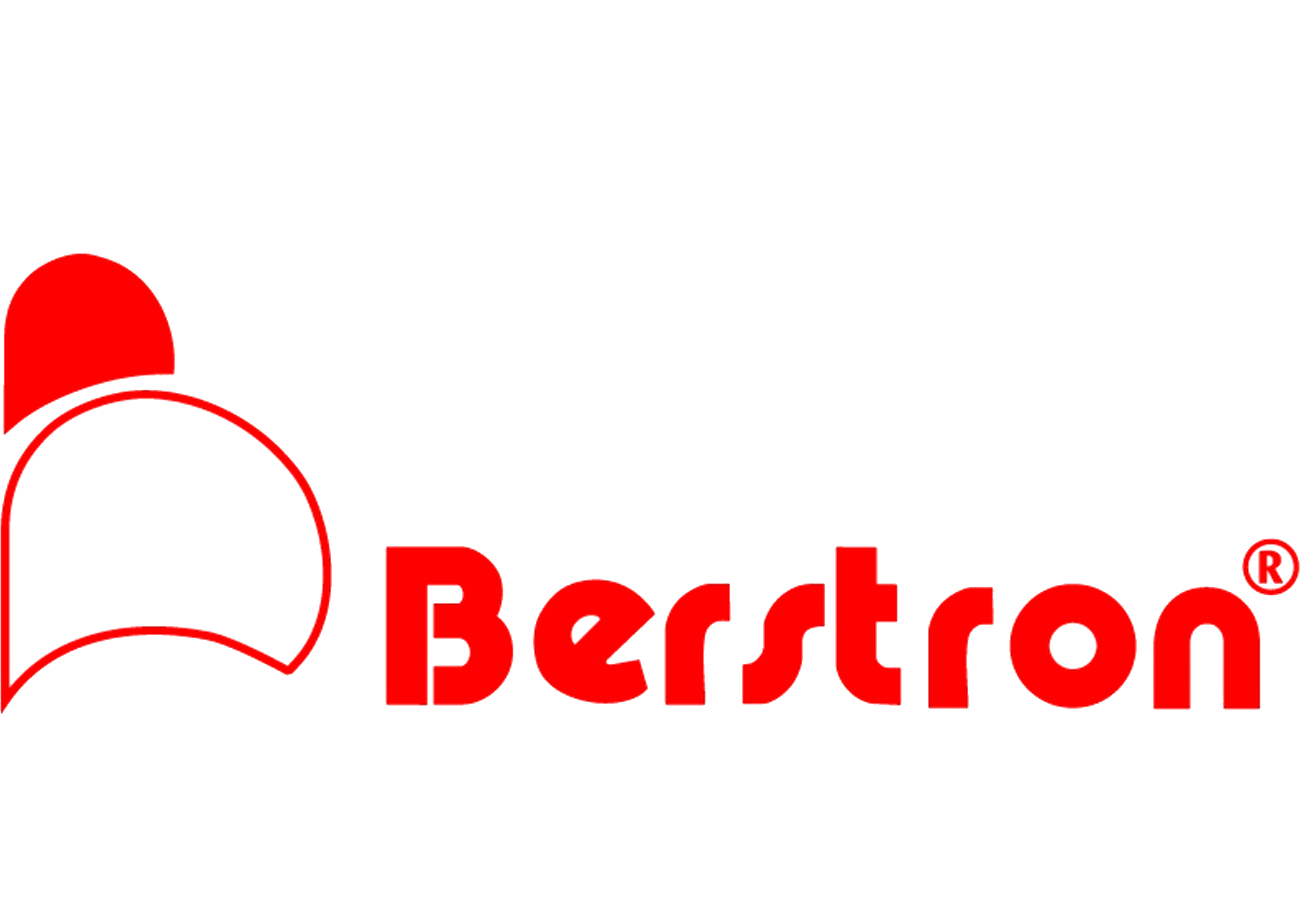Traditional vs. Modern: A Comparative Study of Palletizers
In the world of material handling, palletizing technology has seen significant advancements. The two primary types of palletizers in use today are traditional simple layer palletizers and modern robotic palletizers. Each has its unique advantages, and the choice between the two often depends on the specific needs of a business.
Traditional simple layer palletizers
Traditional simple layer palletizers have been the backbone of the industry for decades. They are known for their robustness and reliability, capable of handling high-speed operations with ease. These machines are designed to stack products in specific patterns onto a pallet, making them ideal for businesses with high-volume, uniform product lines. They are also easier to troubleshoot, support, and operate without special training. A single unit can handle up to 2 -3 SKU’s simultaneously, and they typically cost less than a robotic palletizer with a single or dual infeed. Their speed can range up to 15 cases/min for low-level palletizers and up to 150 cases/min for high-level palletizers.
Modern robotic palletizers
On the other hand, modern robotic palletizers offer flexibility and adaptability. They are capable of handling a wide variety of product types, including cases, bags, pails, bottles, batteries, cubes of scrap metal, and plastic containers. They can adapt easier to accommodate different pallet patterns and product types, and can handle up to 1000 kg (2,200 lbs). A single articulated arm can typically handle up to 4 different SKU’s, and if the articulated arm is attached to a moving track or a gantry style robot is utilized, 8 to 12 SKU’s can be handled simultaneously by a single robot. Robotic palletizers also have the advantage of taking up less space, and their price can sometimes be less, especially when looking at four or more simultaneous infeeds. Their palletizing rates can vary anywhere from 8 to 30 cases/min for a single robot depending on stacking patterns, requirements, and if the robot is picking a single product, rows of product, or full layer of products.
En conclusión
Both traditional simple layer palletizers and modern robotic palletizers have their unique advantages. The choice between the two should be based on the specific needs of the business, considering factors such as product type, volume, space, and budget. We are here to help you get the most efficient and best fitting solution for you particular business process. If you need any assistance we can help you based on our vast experience and even create a ROI estimation on your specific situation.


